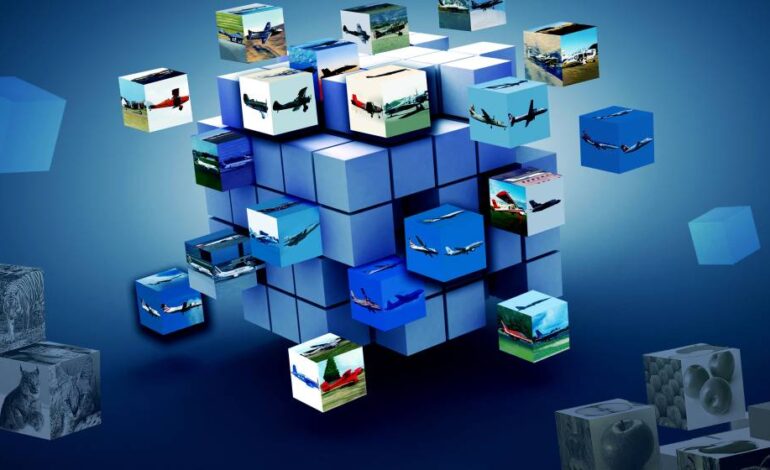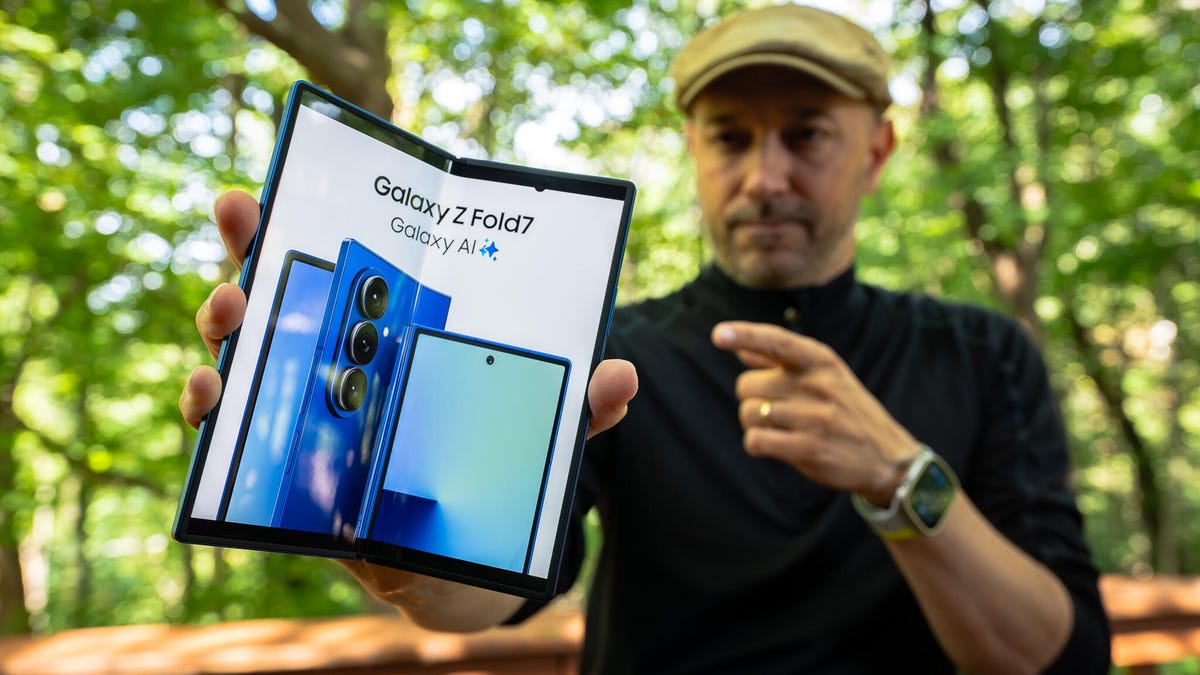Princeton Scholars Ignite Deep Learning Revolution with ImageNet

In the world of artificial intelligence, a groundbreaking collaboration at Princeton University has transformed deep learning from a nascent concept into a cornerstone of modern technology. This shift began in 2007 when Fei-Fei Li, an assistant professor in computer science, and linguist Christiane Fellbaum crossed paths, ultimately leading to the creation of ImageNet. This vast image database would later become essential for training advanced machine learning systems, fundamentally changing how computers interpret visual data.
Li, a Princeton alumna from the Class of 1999, and Fellbaum, who earned her Ph.D. in 1980, shared a profound curiosity about the human mind. Their friendship sparked intellectual exchanges that would contribute significantly to the field of computer vision. They were united by a desire to understand how humans categorize and recall information, which informed their respective research efforts. “As humans, we’re naturally adept at recognizing things after even a single glimpse,” Li noted in her book, “The Worlds I See: Curiosity, Exploration, and Discovery at the Dawn of AI.”
Fellbaum’s work on WordNet, a lexical database containing over 145,000 English words, provided a foundation for Li’s ambitions. WordNet, initiated by Princeton professor George A. Miller in 1985, explored the dynamic nature of language and meaning. Fellbaum explained, “Our vocabularies are dynamic and constantly evolving. We keep using words in new ways, we add new words, we throw out old words.”
Li aimed to create a similar framework for visual data. By pairing WordNet’s object categories with approximately 1,000 annotated images each, she envisioned a comprehensive dataset that would reflect the complexity of the visual world. By 2010, Li and her team had compiled millions of images, establishing what has been described as the “largest hand-curated dataset in AI’s history.”
The Evolution of Deep Learning
Deep learning systems rely on three key components: advanced algorithms, powerful hardware, and substantial organized data. In 2007, the technological landscape was vastly different, with computers possessing only 2% of today’s processing power. Few researchers focused on large datasets, and skepticism surrounded the potential of data in developing artificial intelligence.
Olga Russakovsky, a graduate student involved with ImageNet, remarked on the prevailing mindset: “Most people wondered why collecting a dataset would be intellectually interesting.” Li, however, believed that a computer vision system, much like a child, required numerous examples to learn effectively. Her vision for ImageNet was ambitious, but with limited resources as a junior faculty member, she faced challenges.
Fortunately, she found support from senior faculty members, including Kai Li, an expert in computer architecture. His collaboration proved invaluable as they began to develop the tools necessary to build ImageNet. Jia Deng, a graduate student who later became a professor at Princeton, was instrumental in drafting the first paper on ImageNet, published in 2009.
ImageNet’s Impact and the Future of AI
The breakthrough moment for deep learning came with the establishment of a competition in 2010 to encourage researchers to utilize ImageNet as a benchmark. By this time, the dataset comprised over 14 million annotated images. Initial results were unimpressive, but the landscape changed dramatically in 2012 when a team from the University of Toronto, led by Geoffrey Hinton, unveiled AlexNet. This model employed neural networks in a groundbreaking way, demonstrating the potential of deep learning.
Russakovsky, who was involved in organizing the competition, noted that this moment marked a significant shift in perception: “This was the moment when people started to believe that deep learning models actually worked.” The success of AlexNet highlighted that the missing ingredient for neural networks was large, organized datasets, a realization that would propel deep learning into the mainstream.
The implications of deep learning extend far beyond convenience. Today, it plays a critical role in various sectors, from healthcare—where it aids in developing therapies and monitoring patients—to agriculture, optimizing resources and mitigating climate change.
As we look towards the future, the foundational work laid by Li, Hinton, Fellbaum, and others emphasizes the ongoing relationship between human cognition and artificial intelligence. Russakovsky aptly stated, “A lot of the questions researchers are now asking are calling for us to reexamine things and ask: How is the mind actually doing this?” The journey from university hallways to global technological transformation continues, with the human mind at the heart of advancing AI for the public good.






